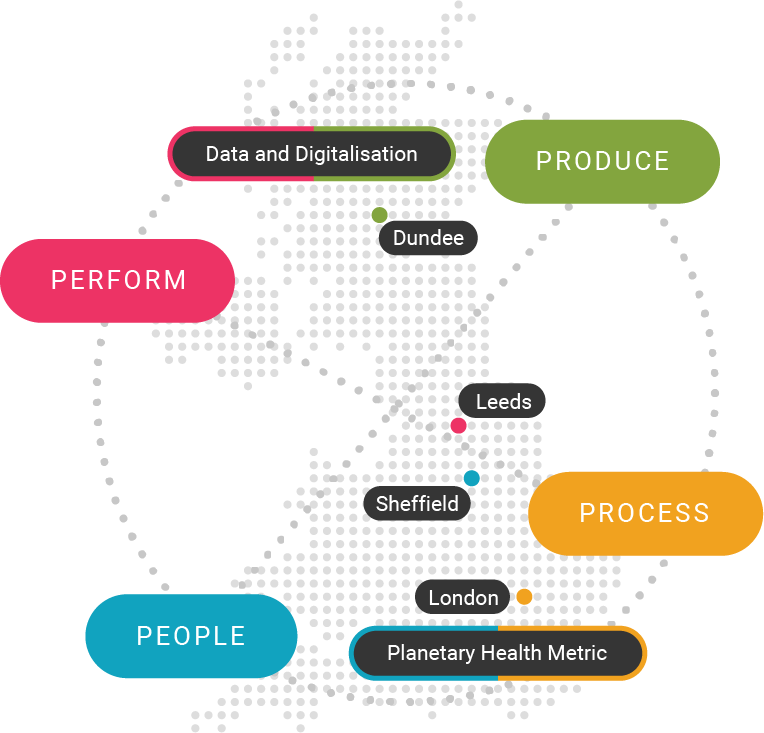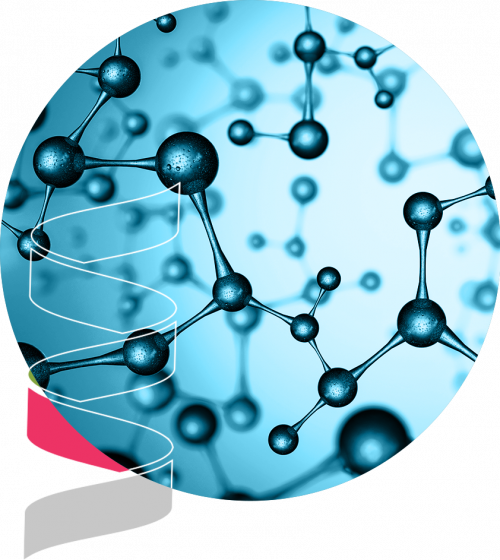NAPIC will tackle the pain points from producer > consumers to enable translation of cutting-edge alternative protein technologies into new products and processes.
NAPIC will create a highly dynamic open innovation ecosystem that addresses the needs of present and future consumers for tasty, nutritious, safe, affordable and accessible alternative proteins products while reducing anxiety about ultra-processing.





(plant, bacteria, algae, Fungi, Insects, Aquaculture)






NAPIC will tackle the pain points from producer > consumers to enable translation of cutting-edge alternative protein technologies into new products and processes.
NAPIC will create a highly dynamic open innovation ecosystem that addresses the needs of present and future consumers for tasty, nutritious, safe, affordable and accessible alternative proteins products while reducing anxiety about ultra-processing.












Being a true catalyst to accelerate the discovery > innovation > commercialisation roadmap of alternative protein, NAPIC will enable an efficacious and safe translation of new transformative technologies unlocking the benefits of alternative proteins across sectors such as food, feed, services, equipment, and other protein technologies.
NAPIC will focus on valorizing the natural kingdom to derive proteins from diverse sources (e.g. plant, algae, fungi, bacteria, aquatic plants), precision and biomass fermentation, cultivated meat and new alternative production systems (insects, novel aquaculture).
The PERFORM pillar will employ multiscale approaches, from validated in vitro, in silico, in vivo (production, animal feed trials, human nutrition studies and consumer studies incorporating machine learning (ML)) tools, to predict, define, control and demonstrate ‘pre-production-to-biological’ performance of AP foods and feeds.
This pillar will create new value chains using advanced (bio)technological and modern biological tools, circular bio-economy approaches, selection of new/underutilised plant/fungal/algal/insect proteins, and re-purposing strategies to create the next-generation of APs.
Using behaviour change techniques and consumer insight methods (e.g. choice experiments), the PEOPLE pillar will inform commercial and educational strategies to increase acceptance of APs and shape the types of products/ingredients most likely to be accepted by future consumers, providing new training and business opportunities for SMEs.
PROCESS pillar will employ precision fermentation, cell factories, new extraction/fractionation technologies and artificial intelligence (AI) model-guided scale-up to optimise AP processes.
At NAPIC, we are addressing the most urgent barriers to innovation in the alternative protein sector—challenges that must be overcome to unlock new scientific, commercial, and sustainable opportunities.
Our innovation challenges target gaps across the entire value chain—from protein discovery and sustainable processing to public trust and regulatory readiness. Through open collaboration and global partnerships, we aim to deliver transformative, scalable solutions.

Boosting protein quality and quantity from the complete biome i.e., plants, microbes (fungi, bacteria), insects, food waste, aquaculture (aquatic plants, seaweeds, micro/macroalgae)

Identifying important peptides present in traditional proteins that offer the desired functionality, mouthfeel and nutritional benefits and replicating these in APs, through cutting-edge tools

Structuring APs to enhance finished product functionality, whilst improving nutritional value, minimising allergenicity and sensory issues

Accelerating industrial AP production, bringing costs down by deriving best practice from fermentation-intensive industries, developing optimisation tools supporting the transition towards continuous processes that improve efficiency and reduce manufacturing footprint

Creating standardised and validated new metrics to quantify technical, nutritional, sensory, quality and safety of APs, objectively

Encouraging consumer behavioural shifts across a wide range of age, culture and socioeconomic status towards acceptance of APs including cultivated meat
We are unlocking opportunities to accelerate the agile development of safe, healthy and affordable alternative protein-based foods, feeds and allied technologies whilst addressing NetZero ambitions. We will devise and apply novel digital tools to systematically assess health, behavioural and economic outcomes to evaluate multidimensional societal benefits relative to costs.


Alternative proteins can come from plants, insects, or microorganisms like bacteria, fungi and algae. They can be extracted from their natural source and used to make products like burgers, cheese, milk, etc. Alternative proteins can also be made in the lab by what is known as precision fermentation, which is the same/similar method as brewing, or by culturing different types of cells in tanks called bioreactors. Most types of cells can be grown this way including animal cells to provide products called “cultivated meat”.